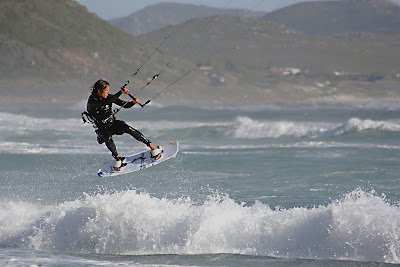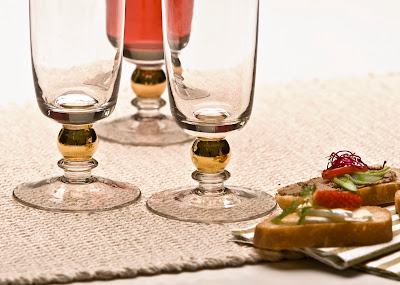Recently I was out shooting an assignment for a client. They wanted to show the circumstances and dire state of the areas in witch a few people are trying to make a difference.
Now, this will sound like i am being a Negative Nelly, but in our country it is just common sense,- when i get assignment like these, i always take my older, less expensive gear, gear i would not like to lose,- but if i had to lose it, it would be these. I was really happy about this later that day.
I met-up with Bongani first to hear what it is that his group are doing and where they were operating from.
Bongani told me that he saw the dire need to help the street-children in the center of Johannesburg when he was going to University early in the morning. Some young people was sleeping under bridges and on pavements. He thought he just had to help them.
He started by renting an two room, run-down apartment in Hillbrow for them. It was not very good, but it was all he could afford at the time. He was a student at that time. It took a long while for the street-children to trust him, but finally a small group moved into the apartment were they could sleep in relative safety.
The view from the apartment that was rented to help the youths. This widow are shattered by bullets shot at night from the streets.
The building from the outside,- some apartments have burned down but people are still living there.
From here he began to listen to their stories and slowly build confidence and trust with them. He then started to counsel them and help them to feel loved again.
The broken mirror on the wall reflects a counselor talking to some of the street children.
Through a local sponsor Bongani received some money and started to expand his helping hand. Today he, and his group is working all over the Johannesburg CBD.
Next we went to a abandoned building where things got a bit dangerous as some people did not appreciate me being there and making images. We had to make a run for it as one took-out a gun and threaten us!
The old abandoned building were we made a run for it to get away.
Today the project has grown, and more street children gets help everyday, unfortunately more are being abandoned onto the streets also.
Due to the sensitivity of the project i cannot show any images of the street-children.
Seeing things like this makes you just realize how privileged and blessed you are. I thank God for that.
To people like Bongani and his team we can only say, we salute you and keep-up the good work.
Now, this will sound like i am being a Negative Nelly, but in our country it is just common sense,- when i get assignment like these, i always take my older, less expensive gear, gear i would not like to lose,- but if i had to lose it, it would be these. I was really happy about this later that day.
I met-up with Bongani first to hear what it is that his group are doing and where they were operating from.
Bongani told me that he saw the dire need to help the street-children in the center of Johannesburg when he was going to University early in the morning. Some young people was sleeping under bridges and on pavements. He thought he just had to help them.
He started by renting an two room, run-down apartment in Hillbrow for them. It was not very good, but it was all he could afford at the time. He was a student at that time. It took a long while for the street-children to trust him, but finally a small group moved into the apartment were they could sleep in relative safety.
The view from the apartment that was rented to help the youths. This widow are shattered by bullets shot at night from the streets.
The building from the outside,- some apartments have burned down but people are still living there.
From here he began to listen to their stories and slowly build confidence and trust with them. He then started to counsel them and help them to feel loved again.
The broken mirror on the wall reflects a counselor talking to some of the street children.
Through a local sponsor Bongani received some money and started to expand his helping hand. Today he, and his group is working all over the Johannesburg CBD.
Next we went to a abandoned building where things got a bit dangerous as some people did not appreciate me being there and making images. We had to make a run for it as one took-out a gun and threaten us!
The old abandoned building were we made a run for it to get away.
Today the project has grown, and more street children gets help everyday, unfortunately more are being abandoned onto the streets also.
Due to the sensitivity of the project i cannot show any images of the street-children.
Seeing things like this makes you just realize how privileged and blessed you are. I thank God for that.
To people like Bongani and his team we can only say, we salute you and keep-up the good work.











































